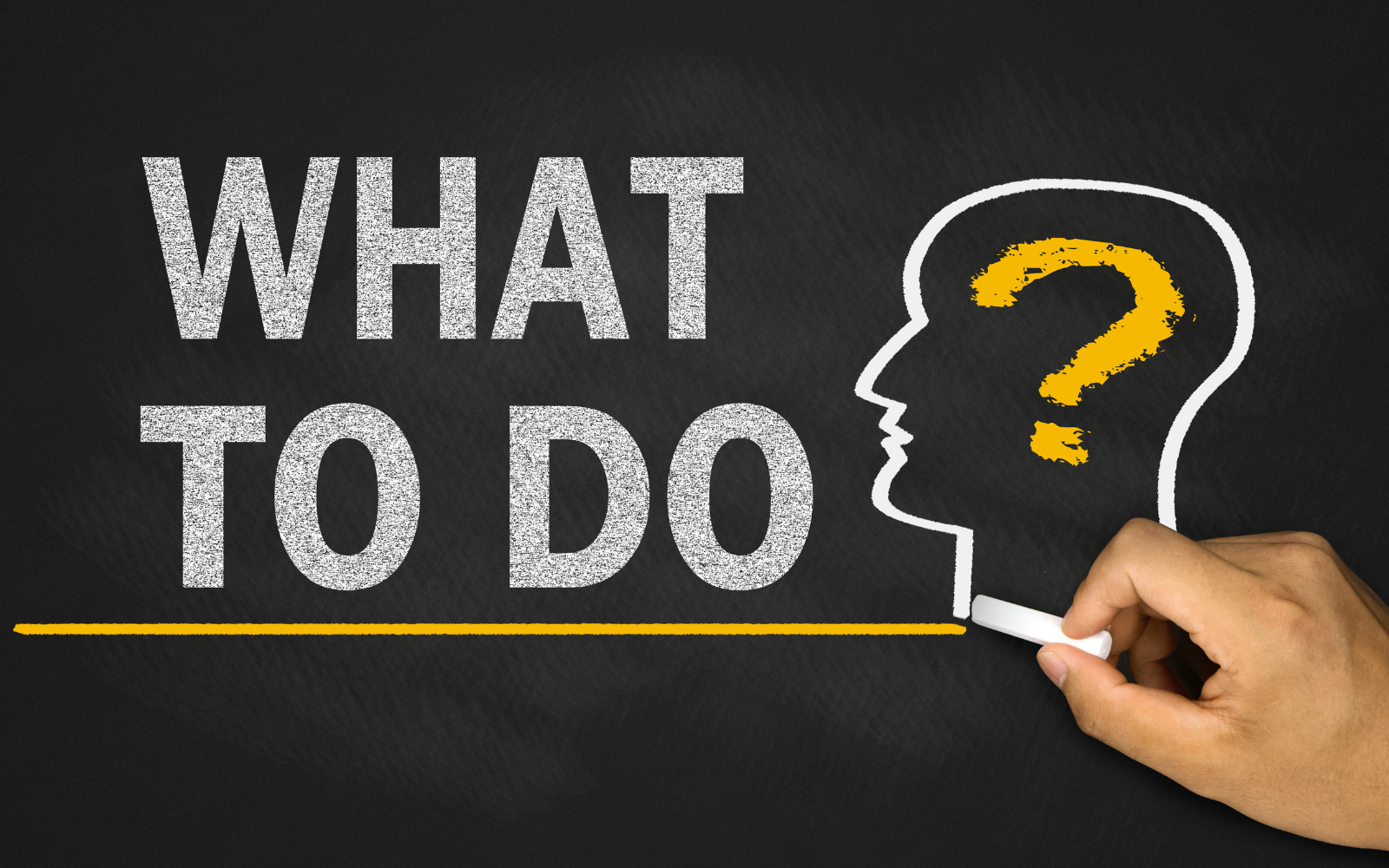The H-1B is a nonimmigrant visa that allows U.S. employers to temporarily employ foreign workers in specialty occupations. However, a huge caveat of the H-1B visa is that most new petitions are subject to either the 65,000 statutory cap or the 20,000 masters cap. Because there are significantly more applicants than visas available each year, the registration process usually consists of a lottery, where applicants are randomly selected. If you’re selected, then you can proceed with filing your H-1B petition between April 1 and June 30. If not, then unless there is another round, you won’t be able to file the H-1B petition for that fiscal year.
If you weren’t selected, we understand your disappointment. But don’t give up! There may be another way:
- H-1B Cap Exemption: If your petition is considered “cap-exempt,” then you are not subject to the H-1B cap. So it wouldn’t hurt to double-check if your petition can be considered cap-exempt (although we would advise that this be done before the registration period). For instance, does your employer qualify as a cap-exempt employer? To qualify, your potential employer would have to be a non-profit entity that meets certain criteria. One example of a cap-exempt employer is a non-profit entity that is related to or affiliated with an institution of higher education. You can check other H-1B cap-exempt criteria here. If your current employer does not qualify, would you be able to get a job offer from another employer that qualifies as a cap-exempt entity? If so, you can apply for H-1B status outside of the registration period.
- E-1 or E-2 visa: Are you from a treaty country (a country that maintains a treaty of commerce and navigation with the United States) and do you have a job offer from a treaty national company that shares your nationality? Then you are likely eligible for an E-1 (treaty trader) or E-2 (treaty investor) visa. Treaty traders (E-1) conduct substantial trade in goods between the United States and their country or citizenship/nationality. Treaty investors (E-2) invest a substantial amount of money into and direct the operations of a U.S. Company. Keep in mind that these visas are not limited to just treaty traders or treaty investors, but are also available to employees of treaty traders or investors. So if your offered position involves an executive or supervisory role, or if you have special qualifications that are required to fill your role, then this may be the visa for you.
- E-3 visa: Are you an Australian citizen? Then you should consider the E-3 visa. The requirements are the same as the H-1B visa in that you must have a job offer (and be qualified) for a specialty occupation. What’s the difference? Well, you must be Australian and there is no lottery!
- H-1-B1 visa: Are you a national of Singapore or Chile? Why not try the H1-B1? It’s similar to the H-1B visa, with a cap of 6800 visas available – 1400 from Chile and 5400 from Singapore.
- TN visa: Are you a citizen of Mexico or Canada? See if you qualify for a TN visa. This visa is based on the North American Free Trade Agreement and is therefore limited to Mexican and Canadian citizens. Your profession must qualify under the regulations in order to obtain a TN visa. Take a look at the TN NAFTA Professionals list (Appendix 1603.D.1) to see if your profession qualifies.
- F-1 OPT: Are you currently in F-1 status with Optional Practical Training (OPT)? Do you qualify for a STEM OPT extension? If your F-1 status is going to expire this year, then go ahead and apply for an extension. You will get more time on OPT and can always try again for the H-1B next year. Learn more about the STEM Optional Practical Training (OPT) here.
- F-1 CPT: Can you go back to school and qualify for Curricular Practical Training (CPT)? CPT is a type of work authorization, applicable to certain academic programs, that allows F-1 international students to participate in paid off-campus academic internships during their degree program.
- J-1 trainee visa: If you are outside the U.S., you may qualify for a J-1 trainee visa as an intern or professional trainee.
- O-1 visa: Are you extraordinary? You may want to try an O-1 visa. The O-1 visa applies to individuals who possess extraordinary ability in the sciences, arts, education, business, or athletics, or who have a demonstrated record of extraordinary achievement in the motion picture or television industry and have been recognized nationally or internationally for those achievements.
- L-1 visa: Do you work for a Multinational company and have you worked for them abroad as a manager, executive, or specialized knowledge employee? Does your employer abroad have a qualifying relationship with a Company in the U.S.? Then you should look into the L-1 intracompany transferee visa. The L -1 visa is available for temporary intracompany transferees who have worked abroad in an executive or managerial position (L-1A) or a specialized knowledge position (L-1B) for at least one year within the past three years. This visa basically serves to “transfer” these employees to its affiliate, subsidiary, or parent Company in the U.S.
- Dependent Spouse: Is your Spouse currently in valid nonimmigrant status? This includes H-1B, L-1, E-1, E-2, E-3, TN, O-1, F-1 or J-1 (to name a few). If so, you should be able to obtain nonimmigrant status as a dependent spouse. For example, you can obtain H-4 status as the dependent spouse of an H-1B visa holder, or L-2 status as the dependent spouse of an L-1 visa holder. If you obtain nonimmigrant status as a dependent spouse of an L-1, E-1, or E-2 visa holder, you have the added benefit of being automatically authorized to work. H-4 spouses of H-1B holders who have an approved I-140, are eligible to apply for an employment authorization document (EAD) and will be able to work once they receive their EAD card. Spouses of TN and F-1 holders are not authorized to work, but are granted dependent status to legally stay in the U.S. for the term of their spouses’ status.
- Employment-based Permanent Residence (Green Card): Another possibility is going directly to the green card. Maybe your intended H-1B employer would sponsor you for a green card instead? If so, you can apply through the PERM process in either the EB-2 or EB-3 category. Your employer will need to go through a recruitment process for the offered position, then apply to the Department of Labor for a labor certification. If your employer is not willing to sponsor you for a green card, see if you are able to self-petition under a National Interest Waiver or EB-1 Extraordinary Ability. An added benefit for either of these options is that you skip the PERM process.
If visa numbers are available (and once you obtain a labor certification if you’re not self-petitioning), you will be able to file the Immigrant Petition (I-140) and Adjustment of Status application (I-485) concurrently. You will also be able to file your applications for travel document and employment authorization along with the I-485. The Employment-based permanent residence (green card) application is a lengthy process, but well worth it in the end.
If you need help to determine whether you are eligible for any of these options after the 2024 H-1B Lottery, call our immigration office to schedule a consultation. Our experienced employment immigration attorneys can help you navigate this process.
About the Author
Nadia Deans Kalata
Nadia Deans Kalata is Senior Counsel at Garvish Immigration Law Group, LLC in Atlanta, Georgia. Born and raised in Kingston, Jamaica, Nadia developed her passion for immigration law through her own personal experience with the immigration process in the United States. As a result, she has a unique perspective and understanding of her clients’ concerns and the challenges they face when dealing with the U.S. immigration system. Nadia has over fifteen years of experience in corporate immigration.





